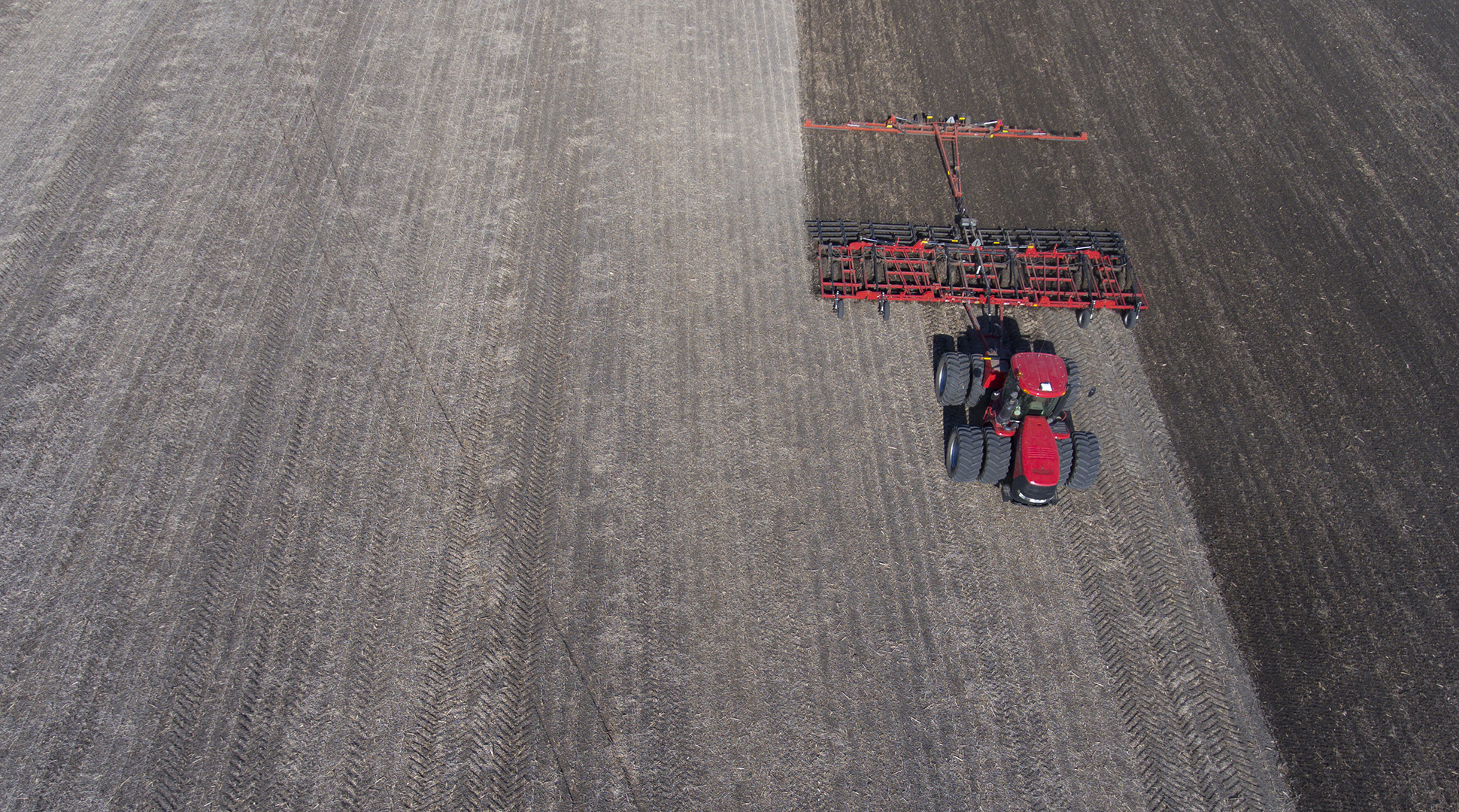By Cyndie Shearing @Cyndie Shearing
Farm and ranch families make up less than 2% of the U.S. population. This means anyone who does not have direct day-to-day knowledge about farming and ranching is in the majority. If you’re part of the 98% and would like to have a few fascinating facts about farming in your back pocket the next time the subject comes up, read on.
Local foods. About 8% of U.S. farms market foods locally, through direct-to-consumer or intermediated sales (farmers’ markets, on-farm markets, Community Supported Agriculture, food hubs, etc.). When you buy local, it provides the opportunity to talk to those who grow or produce fresh fruits and vegetables, flowers, meats, cheeses, baked goods and other value-added products.
Visit USDA’s online directory for more information.
Technology. GPS technology that farmers use is more precise than what most people use in their personal cars and pickup trucks. GPS used by farmers is typically accurate within a few inches.
Farmers who use tractors with auto-steer technology drive “hands-free” in straight lines with less effort, which reduces fatigue. Using auto-steer also helps ensure crops are planted in consistent rows when different people take a turn in the driver’s seat.
Producing more on fewer acres. Today’s agriculture accounts for less than 10% of total U.S. greenhouse gas emissions. That’s far less than the transportation, electricity generation and industry sectors. Put simply, farmers continue to produce more with greater efficiency. Economic analysis reveals that U.S. agriculture would have needed nearly 100 million more acres in 1990 to match 2918 production levels.
Sustainable soil management. U.S. farmers deploy a variety of techniques to proactively manage and preserve soil used. This includes planting cover crops and using conservation tillage practices, in addition to expanding use of no-till cropping methods. These practices help conserve soil while preserving and increasing nutrients and improving water quality. Trapping excess carbon in the soil and reducing greenhouse gas emissions are also benefits.
Sustainable soil use and resource conservation efforts by farmers has increased by 34 million acres in just five years. Closely related – 15% of all U.S. farmland is used for conservation and wildlife habitat.
Biotechnology. Biotechnology helps solve problems or enhance products in medicine, agriculture and environmental management. Current examples in the food arena include non-bruising/non-browning apples and potatoes that reduce waste. “Golden rice” is another example. The Philippines was the first country to introduce this nutrient-enriched food for planting. This rice variety provides up to 50% of the daily Vitamin A requirement for young children, protecting against deficiency that can cause blindness.
In the future, expanded food choices for people with common food-related allergies may become a reality on our tables. And products from leaner beef cattle and pigs with a higher meat-to-fat ration are in development. Produce lovers can look forward to non-browning white button mushrooms and romaine lettuce.
Check out the new Food and Farm Facts book from the American Farm Bureau Foundation for Agriculture for more details on these and other topics about food and farming. Learn more here.
Cyndie Shearing is a director of communications at the American Farm Bureau Federation.
